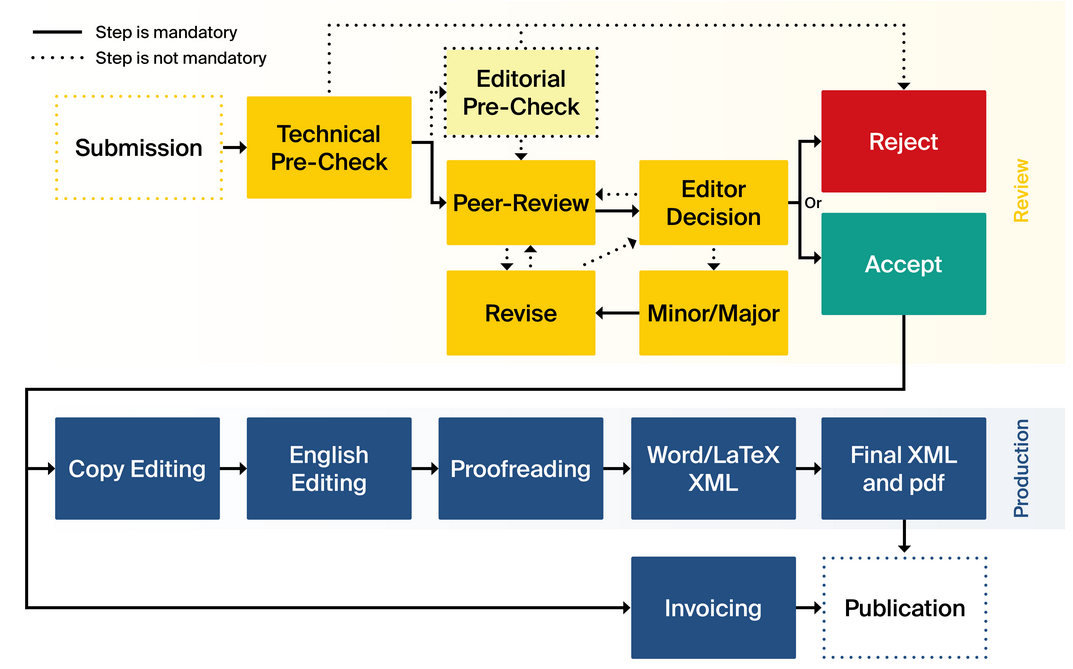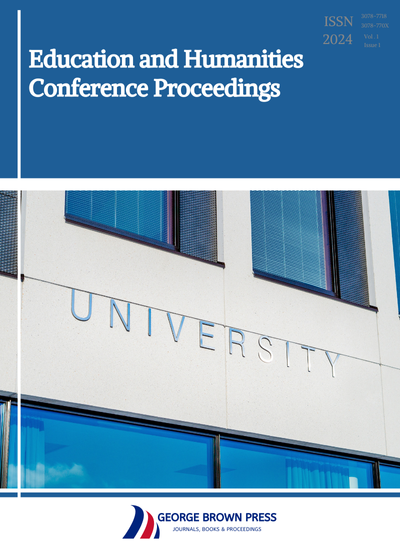Peer review is the major quality maintenance measure for any academic journal. In this process, experts in the relevant fields analyze the scholarly work from every perspective, including its writing, the accuracy of its technical content, its documentation, and its impact on and significance to the discipline.
Reviewers play a pivotal role in scholarly publishing, and their valuable opinions certify the quality of the article under consideration. Peer review helps to ratify research, establishing a standard for evaluation within research communities.
Firstly, after a paper is submitted to a journal, a journal editor screens the manuscript and decides whether or not to send it for full peer review. Only after clearing the initial screening is the manuscript sent to two peer reviewers. Finally, journal editors or the journal’s editorial board consider the peer reviewers’ reports and make the final decision to accept or reject the manuscript for publication. The Generic Peer Review Process visualizes this.












